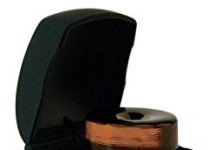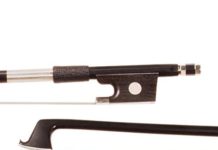The violin is a small and delicate instrument that can produce powerful and sentimental sounds. Apart from a few metallic pieces, the violin is made almost entirely of wood. This makes the instrument even more susceptible to climate changes and rough handling.
Don’t despair if you live in one of those places where it gets really hot and then really cold. A lot of amazing musicians live there too, and they take good care of their violins. So here’s what you have to watch out for:
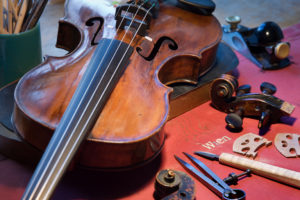
Bridge
The bridge is one of the pieces of the violin that is not stuck to it. Meaning that it moves fairly easily. Now, if you are new to playing the violin, don’t freak out if the bridge falls off when you’re changing your strings. If the strings are too loose, they will not be able to hold the bridge upright against the body of the violin.
The bridge can sometimes get out of place. It can be tilted to one side or not centered correctly. If you notice this, you can correct this yourself by loosening the strings a little and moving the bridge to the desired position.
If the bridge is bent, then it should be replaced by a new one. This job needs to be done by a luthier, so take it to the one you might know or to your local shop.
The Pegs
Pegs can be really difficult when you’re trying to tune your instrument. You think you tuned it perfectly, only to have the peg come loose as soon as you release it. If you feel like the peg is a little hard to move, chances are, it’ll stay that way after you tuned it.
If, however, it’s very easy to move them, try to push them a little towards the instrument as you tune the string. You’ll start to feel it gets a little harder to move it so freely.
If the peg gets completely stuck frequently, you can try using a graphite from a pencil to help it not get stuck anymore. You can “color” on the peg until you see the end of the peg grey. You can also use a peg compound.
The Soundpost
The soundpost allows the instrument to vibrate. It’s a very delicate part of the instrument that is often called the soul because, without it, the violin would not produce frequencies, altering the sound.
Sometimes, the soundpost can fall out of place. If this happens, you can loosen the strings so that you remove all pressure from the body of the violin. Take it to your trusted repair shop or luthier to have it set back into place. Don’t attempt to fix this yourself, you may end up damaging more than you’re fixing.
Open Seams
If your violin has an open seam, don’t freak out! This is more common than you think. Changes in humidity and drastic changes in temperature can play a harsh role on your wooden instrument. If you notice a seam that is open, take it to have it repaired, as it needs to be glued back in place. Don’t try this yourself. A special glue is required and sometimes working with the wood.
This is something that you would want to take care of as soon as you notice it. If you play regularly, it can alter the sound of your instrument.
Cracks and Scratches
Let’s talk first about scratches. If your violin gets scratched, it’s not the end of the world. It’s really more about the aesthetics than the sound. With time, however, it might be almost impossible to keep your violin completely safe from any harm, especially if you have kids around!
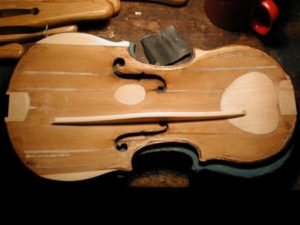
If your instrument does get a scratch, you can try to fix it yourself by applying paraffin oil and a soft cloth. If the scratch is too deep, you might want to consider taking it a luthier to have it fixed.
Cracks are a whole different story. Getting a crack in your instrument is one of the worst things that can happen to it. Because the wood is damaged, fixing it can be costly and in bad cases, maybe have the whole piece replaced.
If it’s just a chip in the wood, take the piece that fell off to the luthier and have him put it back in place. If the piece is lost, it might be more expensive because the luthier will need to create a piece that matches the rest of the body.
Taking care of your instrument is very important to make sure it’ll sound great every time you play it. Also, remember that you don’t have to always take it to a shop or luthier. However, chances are that you will damage your instrument if you do a job you’re not trained for. A good rule of thumb is if you are not 100% sure how to do it, leave it to the experts. An instrument is not the best subject for experiments!
Table of Contents

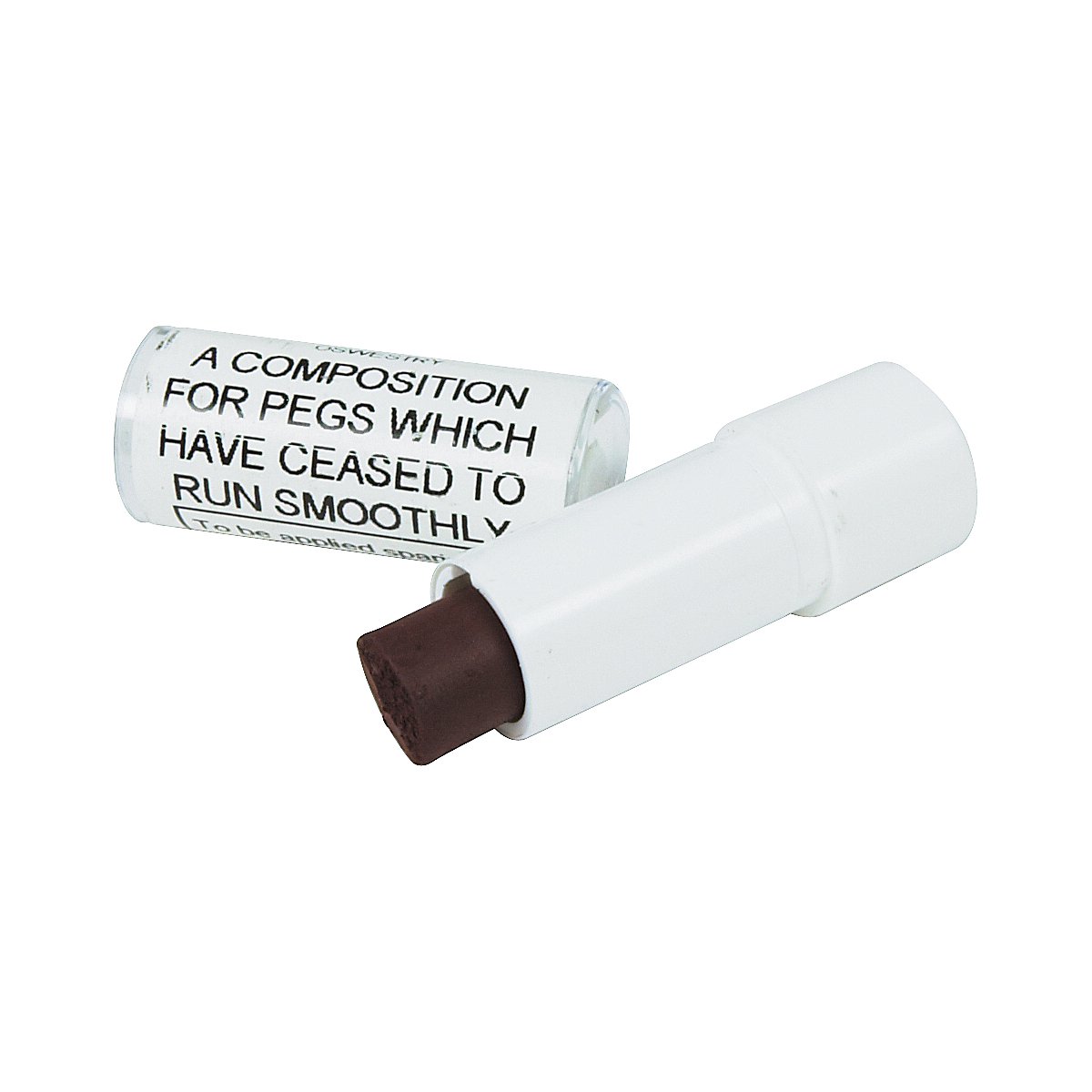 See on Amazon
See on Amazon


